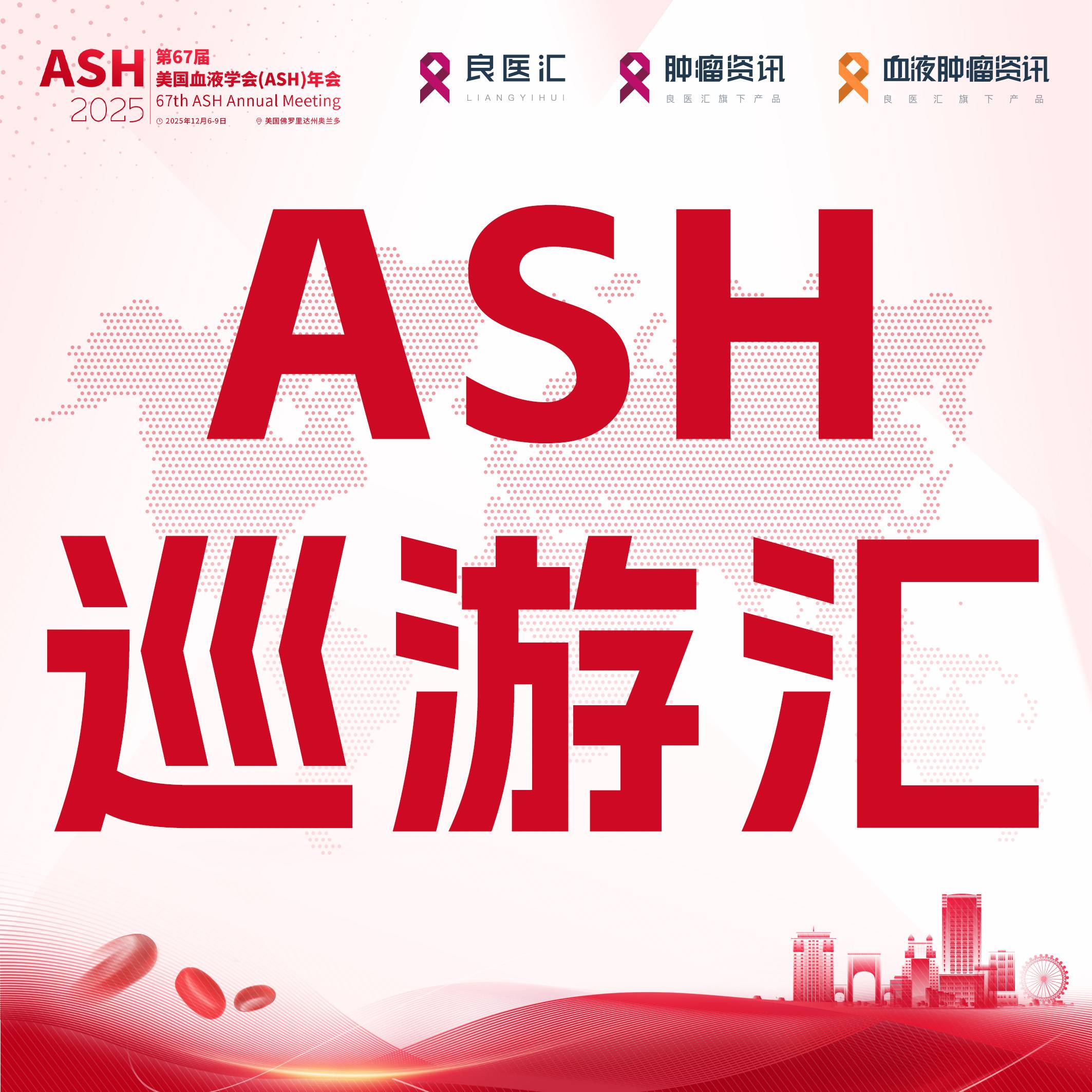
以下内容原文发布于AACR官方博客《Cancer Research Catalyst 》, 中文内容仅做参考,请点击文末“阅读原文”,阅览原文内容。
大多数乳腺癌都会表达雌激素受体和/或孕激素受体,这些受体在与对应的激素配体结合后会促进肿瘤生长。幸运的是,与其他癌症亚型相比,激素受体阳性乳腺癌患者的生存率最高,部分原因是针对此类患者存在多种治疗方法。
正如我们在介绍内分泌疗法系列文章的第一部分中所述,对于雌激素受体(estrogen receptor,ER)阳性的乳腺癌患者,可以通过药物抑制雌激素依赖性瘤生长从而进行治疗,此类药物的机制包括抑制雌激素的产生、阻止雌激素与雌激素受体结合或降解雌激素受体。
降解雌激素受体的药物被归类为选择性雌激素受体降解剂(selective estrogen receptor degraders,SERDs)。目前,氟维司群(fulvestrant,商品名:芙仕得 /Faslodex)是唯一被美国食品和药物管理局(FDA)批准用于治疗乳腺癌的SERD。氟维司群应用于患有晚期ER阳性乳腺癌的绝经后妇女可显示出临床获益,但该药物也存在一些局限性。
其缺点之一是,ER编码基因ESR1的突变可产生对氟维司群的耐药性。由于氟维司群是目前唯一获得FDA批准的SERD,因此对其产生耐药性的肿瘤患者的治疗选择将十分有限。这表明我们急需其他更有效的潜在SERD用于氟维司群耐药的肿瘤患者。此外,口服型SERD也是目前的研发重点,与需要肌肉注射的氟维司群相比,口服SERD的吸收效率可能更好,对ER的抑制作用更强。
氟维司群的另一个缺点是其用于二线治疗时获益降低。绝经后肿瘤患者如对一线激素治疗产生耐药,可以接受氟维司群的二线治疗;然而,氟维司群应用于晚期癌症时的疗效有所受限。因此,研究人员正致力于确定可能从较早期氟维司群治疗中受益的患者群体。
多种旨在克服上述挑战的策略正处于临床研究阶段。2021年的圣安东尼奥乳腺癌研讨会(SABCS)上就这些策略进行了讨论,该研讨会由AACR参与主办,于2021年12月7日至10日举行。
请阅读以下原文,了解更多内容
Endocrine Therapy in Breast Cancer: Improving Clinical Benefits
By Neha J. Pancholi, PhD
Most breast cancers express the estrogen and/or progesterone hormone receptors, which fuel tumor growth upon engagement with their respective hormone ligands. Fortunately, patients with hormone receptor-positive breast cancers have the highest rates of survival compared with other subtypes, in part because of the many treatments available to them.
As discussed in part I of this two-part series on endocrine therapies, patients with estrogen receptor (ER)-positive breast cancer may be treated with drugs that suppress estrogen-dependent tumor growth by inhibiting estrogen production, preventing the binding of estrogen to the estrogen receptor, or by degrading the estrogen receptor.
Drugs that degrade the estrogen receptor are categorized as selective estrogen receptor degraders (SERDs). Currently, fulvestrant (Faslodex) is the only SERD approved by the U.S. Food and Drug Administration (FDA) for the treatment of breast cancer. While fulvestrant has shown clinical benefit for postmenopausal women with advanced ER-positive breast cancer, there are several limitations to this therapy.
One drawback is that resistance to fulvestrant commonly develops due to mutations in ESR1, the gene that encodes the ER. Since fulvestrant is the only FDA-approved SERD to date, patients whose tumors become resistant to it are left with limited treatment options. This highlights a need for alternative, and potentially more effective, SERDs for patients whose tumors develop resistance to fulvestrant. Furthermore, there is great interest in developing an orally administered SERD, which may have greater absorption and enhanced inhibition of ER compared with the intramuscularly delivered fulvestrant.
Another challenge comes from the reduced benefit of fulvestrant when administered in the second-line setting. Postmenopausal patients whose tumors develop resistance to first-line hormone therapy may receive second-line treatment with fulvestrant; however, the advanced stage of the cancer limits the efficacy of fulvestrant in this setting. Researchers are, therefore, interested in identifying patients who may benefit from earlier fulvestrant treatment.
Strategies to overcome these challenges are currently under clinical investigation and were discussed at the 2021 San Antonio Breast Cancer Symposium, which was co-sponsored by the AACR and held December 7-10, 2021.
Clinical efficacy of an investigational oral SERD: Results from the phase III EMERALD trial
A clinical trial presented by Aditya Bardia, MD, MPH, evaluated the clinical efficacy of the investigational SERD elacestrant. Unlike fulvestrant, elacestrant is administered orally and has demonstrated greater absorption, improved pharmacokinetics, and enhanced inhibition of ER in preclinical studies.

Aditya Bardia, MD, MPH
To understand how elacestrant compares to the current standard of care, Bardia and colleagues conducted the phase III EMERALD trial, making elacestrant the first oral SERD to be studied in a randomized phase III clinical trial. The results were shared at SABCS last December and published in May 2022.
The trial enrolled 477 postmenopausal patients with ER-positive/HER2-negative metastatic breast cancer who had received one or two prior lines of endocrine therapy without chemotherapy in the metastatic setting, and who had progressed on prior treatment with a CDK4/6 inhibitor. Patients were randomly assigned to receive either elacestrant or standard of care (investigator’s choice of fulvestrant or an aromatase inhibitor). Among the enrolled patients, 228 had tumors with mutated ESR1 (115 in the elacestrant arm and 113 in the standard-of-care arm).
Bardia reported that patients in the elacestrant arm had a 30 percent lower risk of death or disease progression compared with those in the standard-of-care arm. Among patients whose tumors had ESR1 mutations, those in the elacestrant arm had a 45 percent reduced risk of death or disease progression. Elacestrant improved outcomes regardless of the presence of visceral metastases, the number of prior lines of therapy, pretreatment with fulvestrant, or geographic region, he noted.
At 12 months, patients in the elacestrant arm had a significantly higher rate of progression-free survival than those who received the standard of care (22.32 percent vs. 9.42 percent). Among patients with ESR1-mutated tumors, 26.76 percent of those treated with elacestrant had progression-free survival at 12 months compared with 8.19 percent of patients treated with standard of care.
“Elacestrant is the first oral SERD that has demonstrated a statistically significant and clinically meaningful improvement in clinical outcome as compared with standard-of-care endocrine therapy in a phase III clinical trial for patients with ER-positive/HER2-negative metastatic breast cancer,” Bardia concluded.
“The study provides proof-of-principle of the superiority of a novel oral SERD as compared to standard endocrine therapy,” he added. “Elacestrant has the potential to become a new treatment option in the studied patient population.”
Optimizing the timing of SERD treatment: Results from the phase III PADA-1 trial
Although estrogen production by the ovaries ceases after menopause, other tissues in the body continue to produce residual estrogen, which can activate ER-dependent breast tumor growth. Therefore, postmenopausal patients with ER-positive breast cancer are often treated with aromatase inhibitors, which block this residual estrogen production.
However, breast cancers can become resistant to aromatase inhibition if ESR1 develops mutations that allow it to function without estrogen engagement. Patients whose tumors develop resistance to aromatase inhibitors may be treated with fulvestrant in the second-line setting; however, fulvestrant has limited benefit when used in this context, according to François-Clément Bidard, MD, PhD.

François-Clément Bidard, MD, PhD
Bidard and colleagues reasoned that identifying patients whose tumors are likely to become resistant to aromatase inhibitors would allow for fulvestrant to be administered earlier, before the cancer progresses and when it may be more effective. To test this hypothesis, they utilized patient blood samples to detect ESR1 tumor mutations that arose during aromatase inhibitor treatment.
“Our goal was to track the emergence of ESR1 mutations in patients’ blood during first-line therapy and act on them as soon as they appeared, before they led to an actual clinical progression of the disease,” said Bidard.
The impact of this strategy was evaluated in the phase III PADA-1 clinical trial, the results of which were reported by Bidard at SABCS.
The trial recruited 1,017 patients with ER-positive/HER2-negative breast cancer receiving first-line treatment with an aromatase inhibitor plus palbociclib. Emergent mutations in ESR1 were detected by analyzing circulating tumor DNA from patient blood samples that were provided every two months during treatment.
ESR1 mutations were detected in the circulating tumor DNA of 279 patients prior to or concurrent with disease progression. Patients whose tumors had ESR1 mutations prior to disease progression were randomly assigned to continue treatment with an aromatase inhibitor plus the cyclin-dependent kinase inhibitor palbociclib (Ibrance) (84 patients) or to switch to fulvestrant plus palbociclib (88 patients).
After a median follow-up of 26 months, the median progression-free survival of patients who switched to fulvestrant was over twice as long as those who remained on an aromatase inhibitor (11.9 months vs. 5.7 months).
Some patients who progressed after continuing aromatase inhibitor treatment crossed over to the fulvestrant arm of the study. The median progression-free survival for patients in the crossover cohort was 3.5 months, supporting previous studies showing a relatively short benefit of fulvestrant when used as a second-line therapy and emphasizing the importance of early detection of ESR1 mutations, Bidard noted.
“PADA-1 is the first trial to demonstrate that, in most patients, resistance-associated mutations in the estrogen receptor gene can be detected and targeted before tumor progression,” said Bidard in an AACR press release on the study. “The trial suggests a statistically and clinically significant benefit when fulvestrant is used during this very new window of opportunity.”
AACR
结尾













 苏公网安备32059002004080号
苏公网安备32059002004080号


